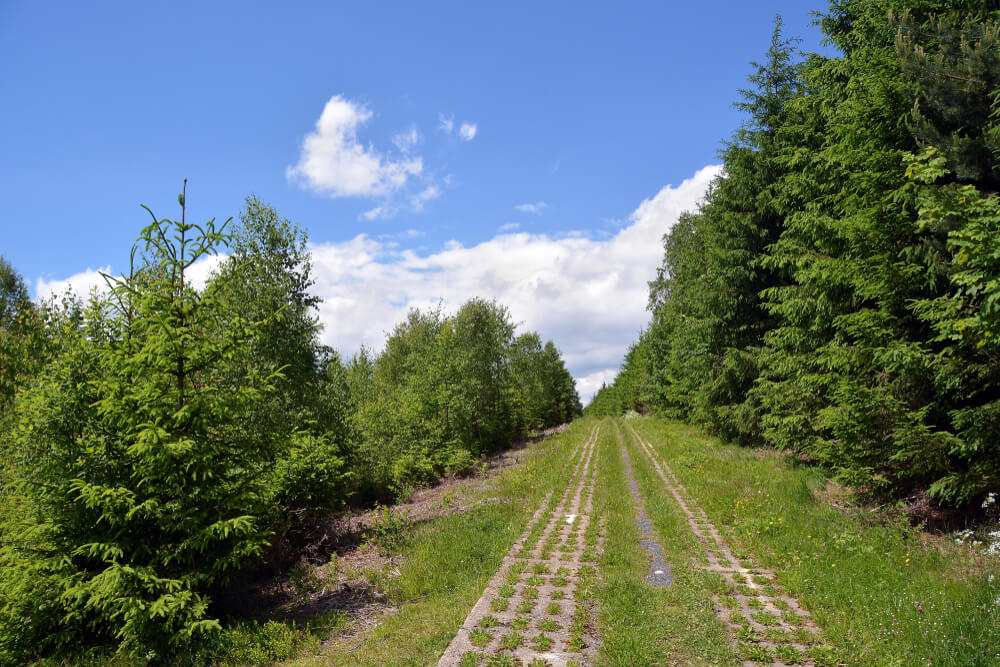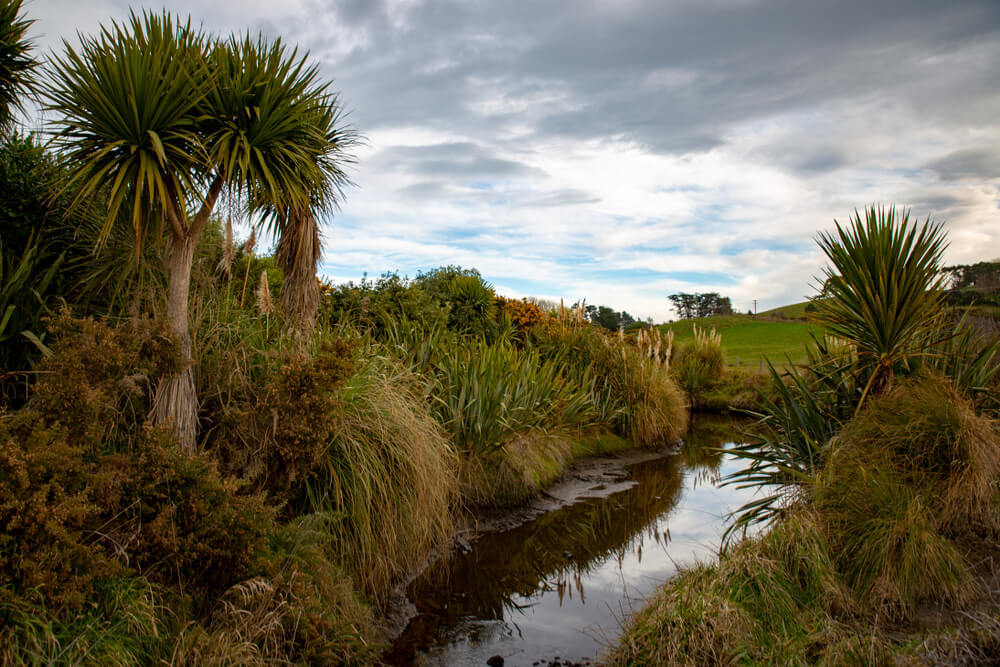
As the world becomes increasingly aware of environmental concerns such as water pollution and soil degradation, property owners are exploring sustainable landscaping solutions. One such solution is the use of vegetative buffers—strips of perennial vegetation strategically placed between water bodies and areas of human activity.
While this approach has many merits, it’s essential to understand both its strengths and limitations. In this guide, we will break down the pros and cons of vegetative buffers to help you make an informed decision for your property.
What Are Vegetative Buffers?
Vegetative buffers, also known as riparian buffers or green belts, are zones where perennial plants, shrubs, and trees are planted to serve as a natural barrier between human activity and sensitive ecological areas such as lakes, rivers, or agricultural fields. They are primarily used to manage water quality, control soil erosion, and promote biodiversity.
The Pros of Vegetative Buffers
Soil Erosion Control
One of the most immediate benefits of establishing a vegetative buffer is its ability to control soil erosion. The plants’ roots create a network that binds the soil, making it more resilient against the forces of water and wind.
Improved Water Quality
These green barriers serve as natural filters, trapping sediments and absorbing pollutants such as nitrogen and phosphorus before they can reach water bodies. By reducing pollutants, they contribute significantly to improving water quality.
Enhancing Biodiversity
Another positive aspect is that they act as mini-ecosystems that attract a variety of flora and fauna. They become habitats for birds, insects, and other small animals, thus increasing local biodiversity.
Aesthetic Value and Property Enhancement
An often-overlooked advantage is the aesthetic value that these lush green spaces add to a property. Well-maintained vegetative buffers can increase your property’s curb appeal and potentially its market value.
The Cons of Vegetative Buffers
Land Use Limitations
The primary drawback is that they require a certain amount of land to be effective, which might not be feasible for smaller properties or those where maximizing land use for other purposes is crucial.
Maintenance Requirements
While they are relatively low-maintenance compared to other landscaping solutions, vegetative buffers do require some upkeep, including pruning, replanting, and occasional soil testing.
Initial Costs
Establishing these green zones involves some initial costs, including the purchase of plants and possible soil amendment, as well as labor costs for planting and setting up.
Potential for Pest and Weed Issues
If not properly managed, these zones can sometimes become breeding grounds for pests and weeds, requiring additional measures for control.
Learn More About the Pros and Cons of Vegetative Buffers


Vegetative buffers offer a host of environmental benefits, from soil stabilization to water quality improvement. However, they are not a one-size-fits-all solution. Careful consideration of both their advantages and limitations is essential for determining their suitability for your property’s unique needs.
Whether you decide to go ahead with implementing a vegetative buffer or opt for alternative solutions, it’s always recommended to consult with landscape professionals for tailored advice. Contact Natural Environments Corporation today to learn more about the pros and cons of vegetative buffers.
